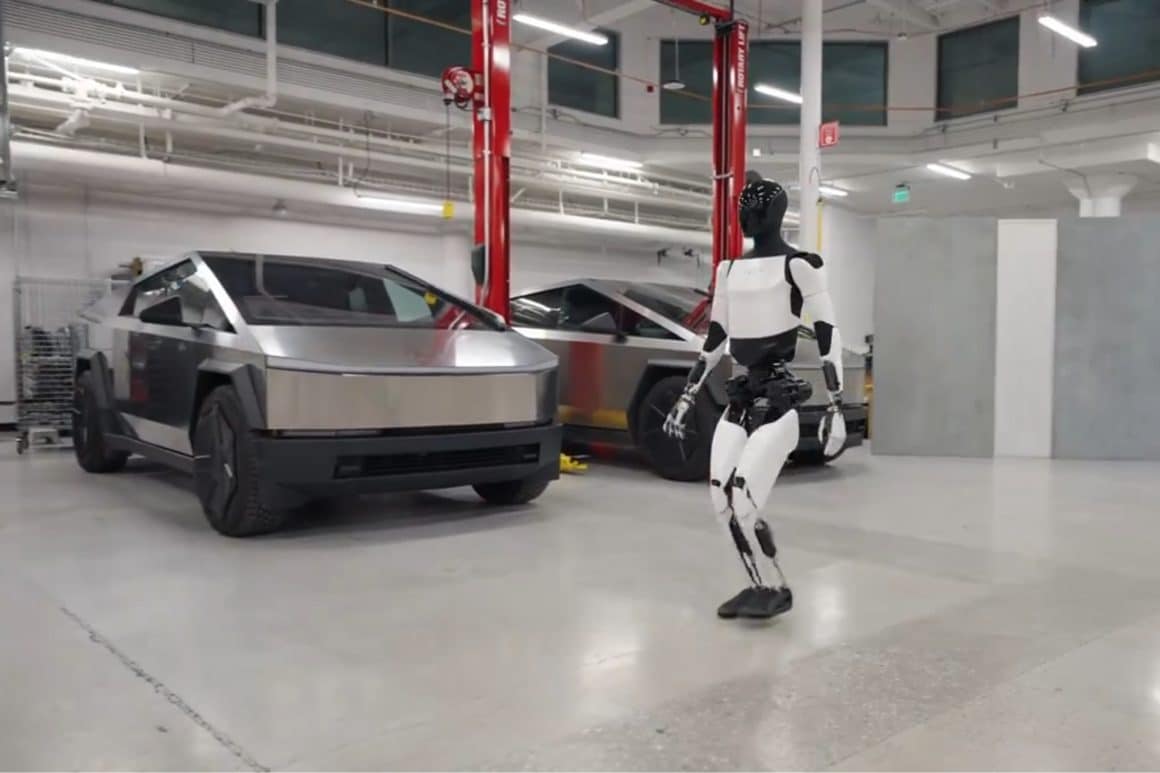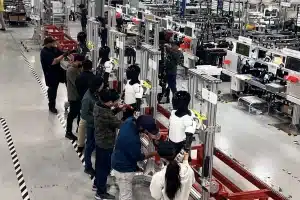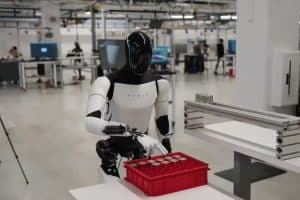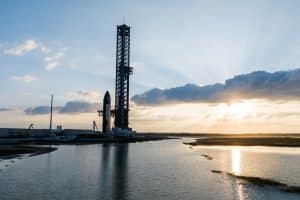- 🤖 Musk announced that Tesla’s humanoid robot, Optimus, could enter production next year.
- 💼 Musk predicts Optimus could drive Tesla’s valuation to $25 trillion, though experts are skeptical.
- 🚀 Animesh Garg from Georgia Institute of Technology considers the timeline “aggressive but realistic.”
- 🖐 Experts doubt Optimus will perform complex tasks beyond basic locomotion and simple object manipulation initially.
- 🎥 Robotics expert Christian Hubicki foresees possible demo videos but limited practical customer use in the short term.
- 🔍 Questions remain about the reliability and robustness of such humanoid robots.
- 🧩 The AI boom is aiding the development of humanoid robots, crucial for generalization in various tasks.
- 🤔 Experts doubt Optimus will surpass Tesla’s car business or other industrial robotics in the near future.
- 🕵️ Analyst Gordon Johnson criticizes Musk’s claims, dubbing them as borderline investor fraud.
- 🌐 The humanoid robot market is projected to reach $6 billion in the next 10 to 15 years.
In the high-tech world of innovation, few names resonate as profoundly as Elon Musk. Known for his trailblazing ventures with SpaceX, Neuralink, and Tesla, Musk is never short on ambitious goals and revolutionary ideas. His latest proclamation is no different—introducing Tesla’s humanoid robot, Optimus. Musk recently announced that Optimus could hit production lines by next year and even projected that it could escalate Tesla’s valuation to a staggering $25 trillion. Compelling as it may sound, experts are raising eyebrows and cautioning against untempered enthusiasm. In this blog post, we delve deep into the potential and pitfalls of Tesla’s Optimus robot, armed with insights from robotics specialists.
The Optimus Announcement
Production Timeline and Features
On the heels of an earnings report, Musk confirmed that Tesla could start producing its humanoid robot, Optimus, by the end of next year. Initially, he envisions deploying thousands of these robots within Tesla factories to assist in various tasks.
Economic Impact
Musk went further to suggest that Optimus could be a game-changer for Tesla, propelling the company’s valuation to $25 trillion—a more than 40-fold increase. This audacious claim rests on his belief that Optimus could become Tesla’s most valuable asset.
Expert Insights and Opinions
Feasibility and Timeline
- Animesh Garg, Assistant Professor of AI and Robotics at the Georgia Institute of Technology, describes Musk’s timeline as “aggressive but realistic from a pure release perspective.” However, the significant concern remains about what functionalities Optimus will actually possess at launch.
- Christian Hubicki, a robotics professor at Florida State University, anticipates that by the end of the year, Tesla might showcase carefully curated demo videos. However, he emphasizes that practical use cases for consumers are still a long way off.
Functional Limitations
Experts like Hubicki and others believe that the initial versions of Optimus will be limited to basic tasks. Complex actions like robust locomotion, intricate object manipulation, and interacting with objects like windows and doors might follow later.
Reliability and Robustness
Reliability is a make-or-break issue for humanoid robots. As Hubicki pointed out, “the only useful robot is a reliable robot.” Currently, humanoid robots are still fragile and control remains largely within the laboratory phase. Consistent operational reliability is crucial for these robots to be considered practically viable.
The Role of AI in Advancing Humanoid Robotics
Generalization and Flexibility
A critical area where AI is driving advancements is in the generalization of tasks. Unlike robots designed for specific activities, humanoid robots need to adapt to varied and complex environments. AI’s role in this generalization process is indispensable, allowing robots to handle tasks that are too intricate to be pre-programmed individually.
Market Predictions and Economic Viability
Market Forecast
Analysts from Goldman Sachs estimate that the global market for humanoid robots could be worth $6 billion over the next 10 to 15 years. This signals a growing interest and investment in this technology, although it’s still in its nascent stages when compared to Tesla’s automotive endeavors.
Humanoid Robots vs. Industrial Robotics
Experts are doubtful that humanoid robots will eclipse the revenues generated by established industrial robots or even Tesla’s own car business anytime soon. The utility of humanoid robots must exceed the practicalities provided by specialized machinery before they become widely adopted.
Skepticism and Criticism
Critical Voices
- Gordon Johnson, an analyst from GLJ Research, has openly criticized Musk’s projections, calling them “absurd” and aligned with previous ambitious yet unmet targets. According to Johnson, Musk’s year-end 2025 target is “borderline investor fraud,” arguing that existing companies in the humanoid robot space haven’t achieved the milestones Musk is promising.
Conclusion
Elon Musk’s vision for Tesla’s Optimus robot is undeniably enticing, blending cutting-edge AI with innovative hardware to create a product that could potentially revolutionize multiple industries. However, the road to realizing this vision is fraught with technical and economic challenges. While the AI boom facilitates advancements, ensuring the reliability, robustness, and practicality of humanoid robots remains critical. As we navigate these complexities, the market’s reaction and technological breakthroughs in the coming years will be telling indicators of Optimus’s true potential.





